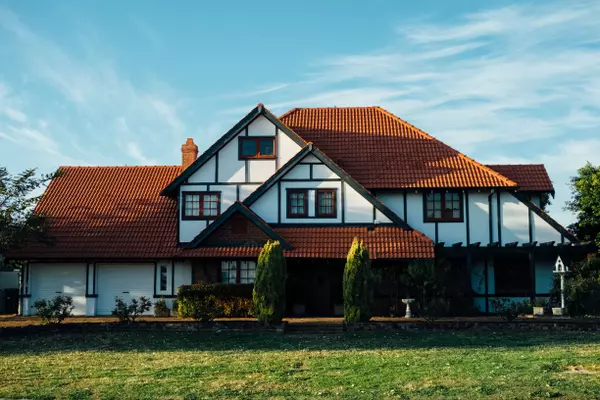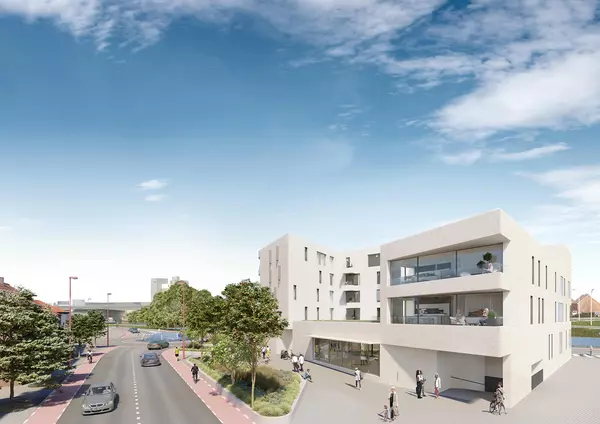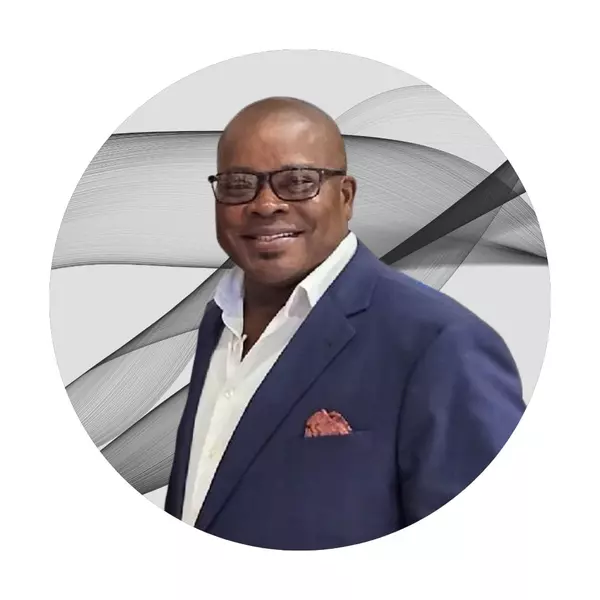Late photographer’s work being ‘revisited’ in exhibition at Pacific Beach library
Bringing her late husband’s black-and-white photography back to Pacific Beach is a bit of a homecoming for the work of Major Morris, an educator and photographer who focused on the hopefulness of children and of people working toward greater social justice, in his images.
Major Morris, who served in World War II in the Buffalo Soldiers unit and later earned a master’s degree in education from Harvard University, using it to train teachers in diversity and cultural sensitivity, created a body of photographic work that shared the curiosity of children and the fight for expanded rights in the late 1960s. He died at his home in Escondido in 2016, and his widow, Anne-Grethe Morris, has assembled a recent exhibition of his work. “Reflecting/Revisiting” will be on display today through Oct. 23 at the Pacific Beach/Taylor Library, including a number of his photos from his first solo exhibition at the library in 1997 (a small reception is being held from 3 to 5 p.m. today). In addition to his photos of children, and of the 1968 Poor People’s March on Washington, are those of jazz greats he snapped at his favorite club in Boston in the ’60s.
“I wanted to focus on what he had put up in ’97. You see photos related to kids learning, then over to more social interaction with kids. Then there’s what happens in the world at that time, socially. The experience of the 1968 Poor People’s March on Washington, where he has a lot of photos. I’ve tried to cluster them so you could see the mix of people and what happened because that’s what he focused on—what people experienced, to the extent that his camera could express it,” she said. “Then, you go in and you see things that happened in the jazz world at the same time because Major did many things when he came back from World War II. Remember, this was a person with many years of experience and one of the things he loved was his jazz music. He was able to follow several of the musicians from the late ’50s and the ’60s, when they played in the Boston area. That’s what you see, his focus was on what that person experienced that his camera then picked up.”
Morris took some time to talk about her late husband’s work, and how she hopes others will engage with it. (This interview has been edited for length and clarity. )
Q: What was your initial impression of Major’s work?
A: I was overwhelmed because I had never seen these types of photographs. It wasn’t his photography that I was introduced to first; at that point, it was kind of what he did in his “spare time” because he was mainly focused in the field where he worked in the last 10 years of his professional life, which was in administration in the office of the president of the university (in Portland, Ore.), as his affirmative action officer.
I’m not really a very visual person. It took me a long time, probably, to see what was in there because he was able to capture so much. You just saw the person walking down the street, I’m talking about Major, and then suddenly, with his camera, he’s able to capture something that happens right there. This was in the old days when you had film for the camera, you’d have to forward the roll of film, etc. As I learned about him, and he always walked around with the camera, I could see how he did it. For example, we would drive out to a place for the weekend, just for me to see it, but he would bring his camera. He might, at that point, take pictures of seagulls. The way I was introduced to him was not through his photography; at that point, his photography was just always there because he carried the camera, and he did that in his spare time. When he retired from professional life, he had time to pick up art again.
I enjoyed working with him. Even in Portland, we were at a jazz festival, for example, and had a booth up, or a street fair where we showed Major’s photography. He always had his own little dark room, and one time I helped him build one. Those kinds of things is just what he did because he was a photographer. He didn’t really realize how skilled he really was in that field. He could have had that as a profession and who knows what would have happened?
Q: What are some of the reflections that come to mind to you from these photos on display in “Reflecting/Revisiting”?
A: I wasn’t a child growing up over here and my life was totally different in a small community. What I see when I look at the children is how amazed I am that Major was able to pick up their expression, thereby telling me what I think they are thinking. As a little child over there, I might have been thinking the same things. There’s a photo with a kid holding the tadpole and I remember when I grew tadpoles in the in a jar of water, you know? How’d that go? He was able to focus on the child’s expression as she held this glass, so there’s this common thing for children all over the world, until we start to tell them when they’re different, that they’re different.
Then, with the photos from 1968, with all that’s going on in our current day and age. You’ll see one of farmers that had come in for better pay and better opportunities. People drove in from all parts of the country for this event, and he’s standing there in his overalls, looking at either the speaker or maybe at the Lincoln Memorial. You can see there are all these thoughts in his head of, ‘What is it that I can do to make sure that people understand that this is right? We need more we need better support.’ In putting these photos up, let’s talk about reflecting.
With jazz, I just love jazz music because I was introduced to it through Major. The first one he introduced me to was Thelonious Monk because I played piano.
Q: What is being revisited in these particular images?
A: It’s going back to the ’97 exhibit, revisiting some of these older photos and what has happened in the meantime. What has changed? If I go back and think about the girl with the tadpole, what has changed for children now, from when she was standing there and wondering, ‘What’s this thing?’
I think the revisiting and reflecting is really the title, initially, I thought about Homecoming, but the homecoming would say more for me than it would for other people. Hopefully there will be a person going in to see this, and I know it won’t be all. Some people will just go and say, ‘Nice, nice, nice photo. Oh my, really good photo,’ and then leave again. That’s fine because at least they have a chance to see it. Then, there are people that stop and say, ‘Oh my goodness, that reminds me of something.’ I have experienced that happen in exhibits, that people have shared with me that they were sitting in a back alley like the one in the picture, playing with friends and joking around. I’m standing there, almost with tears in my eyes, because that is exactly what Major’s photos can do for people.
Q: Can you share any of the backstory from some of these images that Major may have told you about? What were some of the circumstances under which he took some of these photos?
A: He was telling me, at one point, about how he was going to one of these jazz clubs with one of his friends in Boston. The friend had said, “We need to go in to listen to this group because they will ask a young drummer to come up and play with them, and his name is Tony Williams and he is fantastic.” Tony Williams was, I think he might have been 16, or maybe less. He was allowed in the club because of his skills and they were saying he was fantastic. Major was sitting there looking at this kid and the way he played the drums, and he’d never imagined seeing something like that.
Q: This exhibition also includes jazz musicians that he listened to and followed; who some of the jazz musicians he photographed?
A: Miles Davis is in one of the jam sessions of photos with Tony Williams, and Les McCann is in one of the photos. There’s quite a spread over several years. There was a club north of Boston that was called Lenny’s at the Turnpike. I think it burned, if I recall correctly, in the early ’70s. Major went there several times. Many young jazz musicians got a start there.
Q: Was he a fan of jazz, personally?
A: He was always listening to jazz. You know, we a library of old vinyl, a couple hundred or more. I have never counted all of them, but you will find all of the (big name artists). When Major left for World War II, he was listening to swing and big bands. He comes home and this friend introduces him to what has happened in the meantime in the music world. The friend was actually named Charlie Parker, which confused me very much later on when I learned of Charlie Parker, the musician. But, Major’s friend introduced Major to this new music and he would tell me about how they were sitting and listening and Charlie would say that you have to listen to how they play between the notes.
Q: How did these opportunities to photograph these musicians come together for him?
A: Because he always carried his camera, and he went to these clubs and he wanted to listen to what went on because he could introduce these new musicians on his radio program. He was a volunteer radio DJ in Boston. And he could play these musicians to whatever group listened to that particular radio station at that time of night. That was one of his relaxations after work.
Q: What do you hope people experience as they come to look at this latest selection of photos?
A: It’s my hope that they will talk with some of the photos because it brings back a lot of memories and a lot of thinking about what happened, and what is happening now. How far have we come? What who is better? Who’s doing better? What are we doing for the kids? Major always said, “Don’t teach the kids, help them to learn.” What do they need to learn, so they can take the next step by themselves? Give the kids skills so they can build on it and learn.
Categories
Recent Posts










GET MORE INFORMATION


